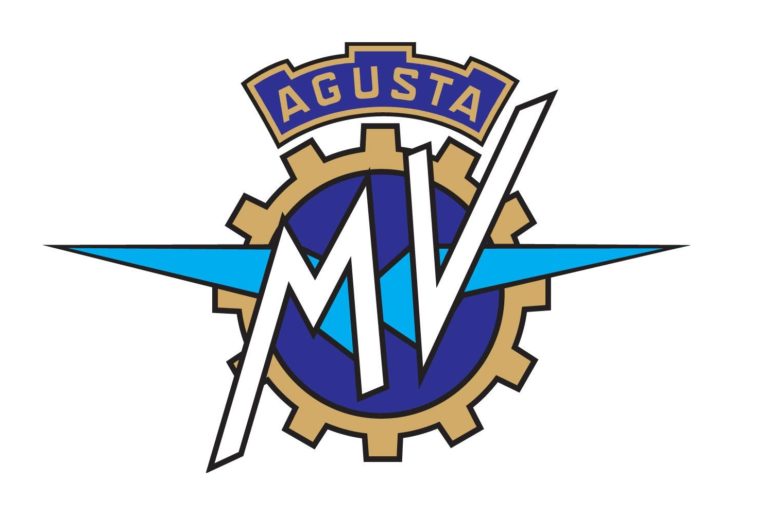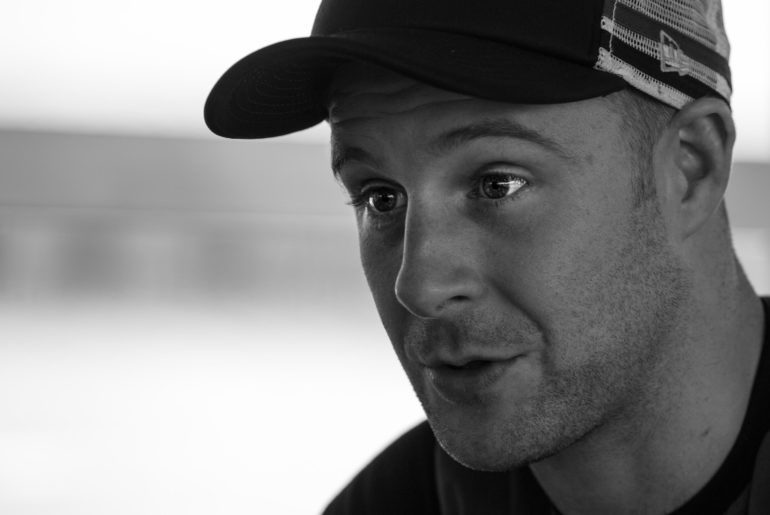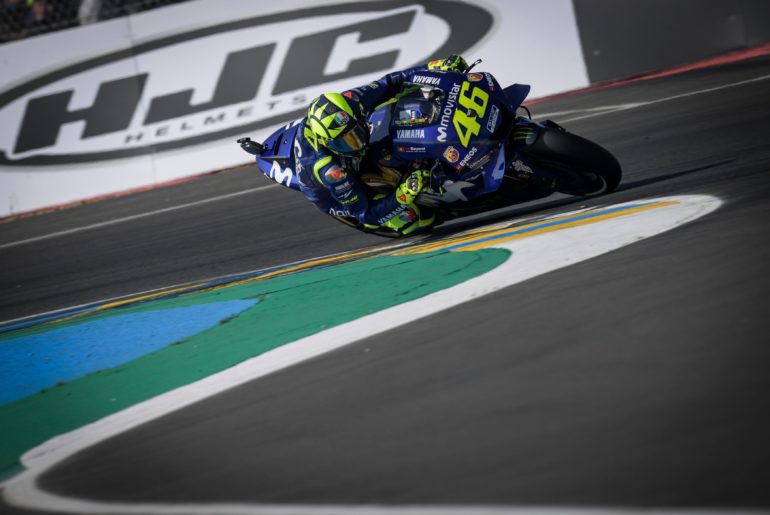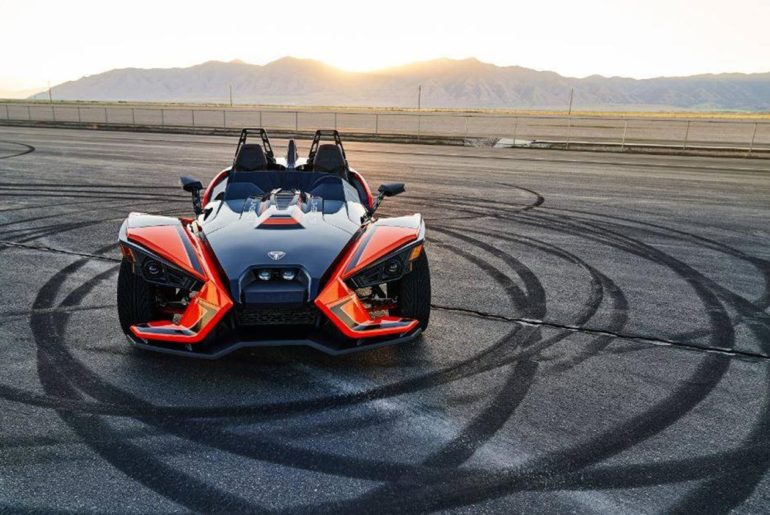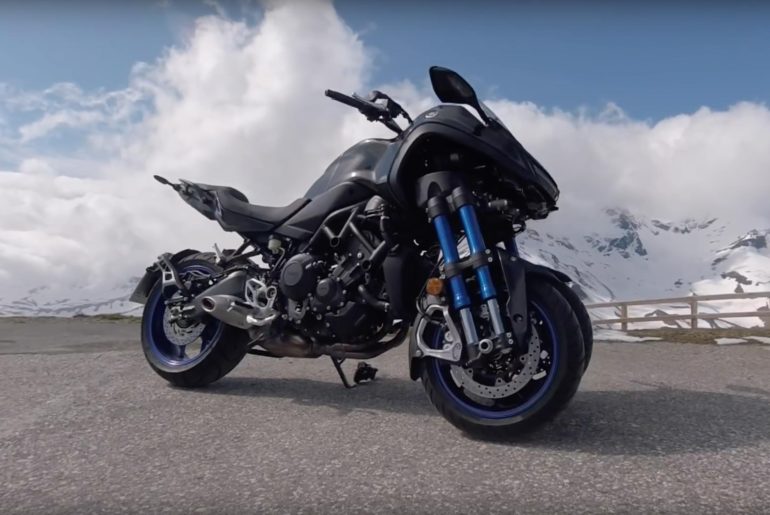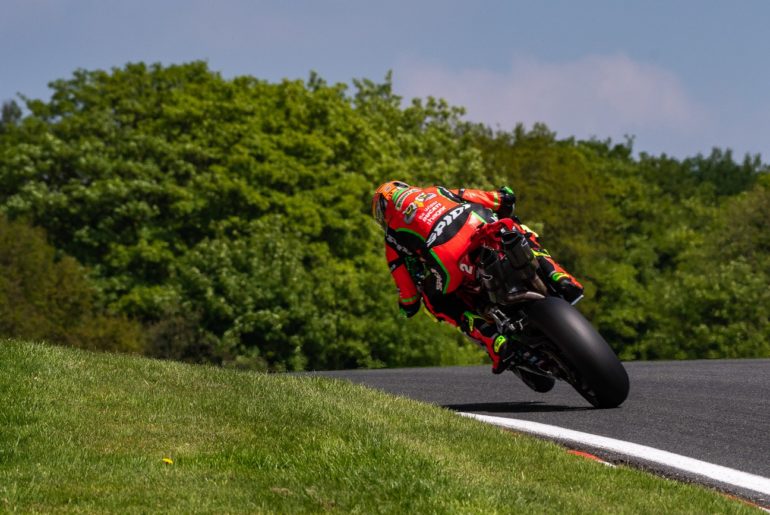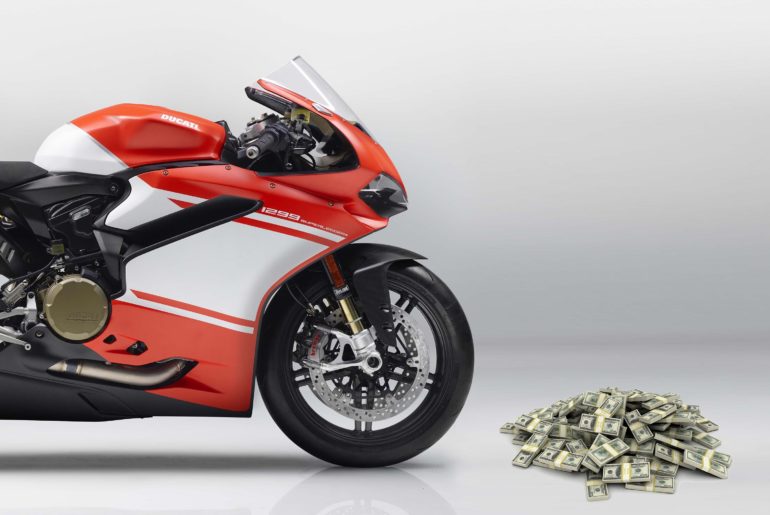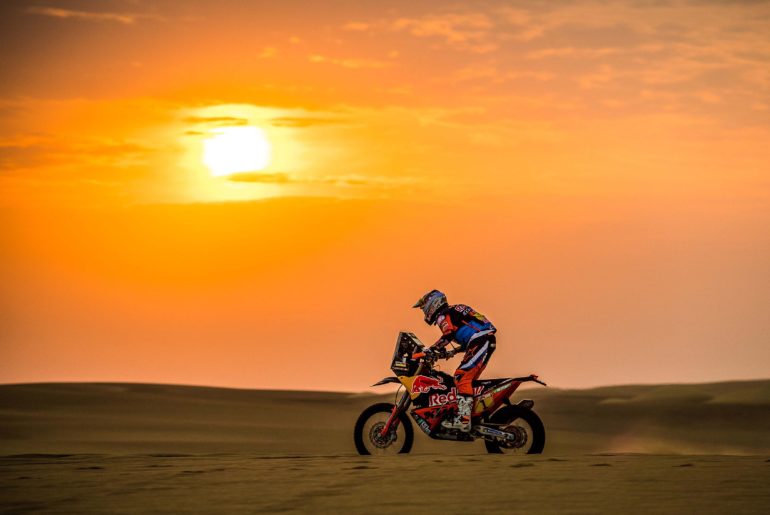Here is a common joke that you will often hear: “How do you make a small fortune in the motorcycle industry? Start with a large one.” Well, the next time you hear the lead-up, here is a new punchline for you: “Sell a limited edition model.”
Motorcycle manufacturers have been onto this gag for a while now, offering limited edition, numbered for collectors, pure unobtanium motorcycle models to the well-heeled masses.
There may not be that many people that can afford a motorcycle that costs as much as a modest house, but there enough of these people in the world that selling a couple hundred expensive superbikes a year is a pretty trivial feat – it helps too that many of these enthusiasts are return-customers too.
Take the case of Ducati, as our Bothan spies have provided us with some interesting information about the Borgo Panigale brand. Last year, the Italian company made more money on its special edition superbikes, than the regular models it sells.
Show Me the Money
And note here, I am not talking about a slim margin of difference. Ducati made over three times as much money on its special edition Panigale models than it did on its affordable base, best-selling S, and track-focused R variants of the Ducati 1299 Panigale lineup.
The graph below represents the breakdown in revenue (in US dollars) from each of the six Panigale models available last year, sold in the United States.
And while I can’t speak for all of Ducati’s markets, the picture is clear in the USA: we have an appetite for extremely expensive motorcycles, and that appetite brings in a lot of cash for the Italians.

Of course, revenue isn’t income, so there is an entire conversation about profitability that this data doesn’t represent, but the costs associated with developing a derivative model surely pale in comparison to the inital development costs.
For instance, I have heard from reliable sources that the Ducati Panigale V4 project cost Ducati Motor Holding close to €100 million to develop. We can assume that the Ducati 1199/1299 Panigale lineup cost a similar (though likely less) amount.
While Ducati will look to make back that money (and then turn a profit) from the sale of the Panigale V4 and Panigale V4 S models, it is bikes like the $40,000 Panigale V4 Speciale that really make the bottom line look “e-speciale” black. Don’t worry, I hate myself already for that pun.
If we can learn from the v-twin Panigale, it is the special models – the models that Ducati seems more committed to making in recent years than in the past – that really pad the top of the balance sheet.
To this notion, Ducati North America made over $7 million alone on the Ducati 1299 Superleggera – an $80,000 motorcycle in the US market.
Add in the Ducati 1299 Panigale S Anniversario, and the Ducati 1299 Panigale R Final Edition, and these specialty machines grossed over $15 million for the Italian brand.
Compare that to the seemingly paltry $7 million that the Panigale, Panigale S, and Panigale R grossed during the same time period, and realize that the Superleggera alone earned more money than the bikes it was based off of. This is like Inception, but for motorcycles.
Now, it should be admitted that the final year of a motorcycle is a low-bar to beat when it comes to vehicle sales, especially when news of a new four-cylinder model continue to leak from Italy.
While the prospect of a V4 superbike from Ducati surely dampened sales for the v-twin Panigale, it didn’t seem to affect sales of the ultra-premium examples of the same machine.
This is likely the difference between collectors and enthusiasts…and you can be certain that those collectors likely have a V4 in the garage as well.
Bigger than Borgo Panigale

Of course, this phenomenon isn’t the domain of Ducati alone. In fact, Ducati is seemingly taking a page from another Italian brand: MV Agusta.
The folks in Varese have made an art, literally, out of special edition motorcycles, so much so that they have two programs now to make exclusive and expensive two-wheelers.
The MV Agusta RVS program creates one special motorcycle a year, for those who have deep wallets and want something truly exclusive in number.
Each bike is its own work of art, is numbered, and it is easy to see repeat business each year, as collectors get all the RVS editions, as if they are some kind of two-wheeled pokémon.
As if the RVS program wasn’t enough, earlier this year MV Agusta told us of their plans to create an even more exclusive one-off program, where the engineers in Varese and the artists at the Castiglioni Research Center will build you a truly one-of-a-kind motorcycle. Money here, is surely no object.
All of this adds into an already bulging lineup of “RC” models, “Ago” specials, and “LH44” limited editions, which pad the price tags of MV Agusta’s already expensive lineup.
Talking to the Italian company, they make no secret that these are MV Agusta’s most popular machines – hence why we see so many of them debuting each year. And as we can see from our Ducati example, these bikes are the proverbial cash-cow for MV Agusta.
Soichiro’s Ghost

Outside of Italy, we can see evidence on the power of limited edition models, the best being the Honda RC213V-S. Somewhere between 200 and 300 units of this MotoGP street bike were created, and the price tag was astounding: $184,000 in the United States.
Honda did not have a tough time selling the RC213V-S (though, the US market was a tougher sell, with the 101hp power limit, thanks to noise standards), and Big Red grossed somewhere between $40 million and $55 million dollars in the process.
Again, it is hard to gauge net income on such a project, and it likely depends on who is doing the accounting. However, understand that the closer the street bike is to the race bike, then more of the supposed RC213V-S development costs are actually sunk costs from the MotoGP project.
The more Honda can borrow from HRC’s heavy lifting, the more profitable this ultra-rare superbike becomes for Honda corporate. Make no doubts about it, the Japanese brand made more than a few yen on the Honda RC213V-S, and this a marvelous thing.
However, it is astounding that in one breath, Honda can declare the sport bike market dead (after letting its models languish for roughly a decade, I might add), and in the same moment release a $184,000 race bike with lights…which sold out almost before the first one was even out the factory.
If anything, Honda’s folly is a lack of understand about how the superbike market has changed in the past 10 to 20 years. It’s not dead, yet, but it has evolved beyond the $10,000 street bikes of yore.
Ante Up
I think we have shown here that the market is very much alive, and can be very lucrative, if done correctly.
Will Big Red take a lesson with its current Fireblade option? There are always rumors of a V4 model, but how will such a machine be positioned? How will it be priced? For the masses, or for the massive wallets? Those are the answers that I am interested in learning.
In the meantime, I expect to see a yearly superbike special from Ducati; I expect to see MV Agusta double-down on its limited edition model lineup, offerings, and services; and I expect to see other brands (BMW and KTM, I’m looking at you here) further exploring the new superbike landscape.
The rules for the World Superbike Championship are all but begging for homologation specials to be created, and with price tags to match (€40,000 per WorldSBK rules). Up until now, only a few brands have answered the call. I suspect that will change.
Source: Bothan Spies


